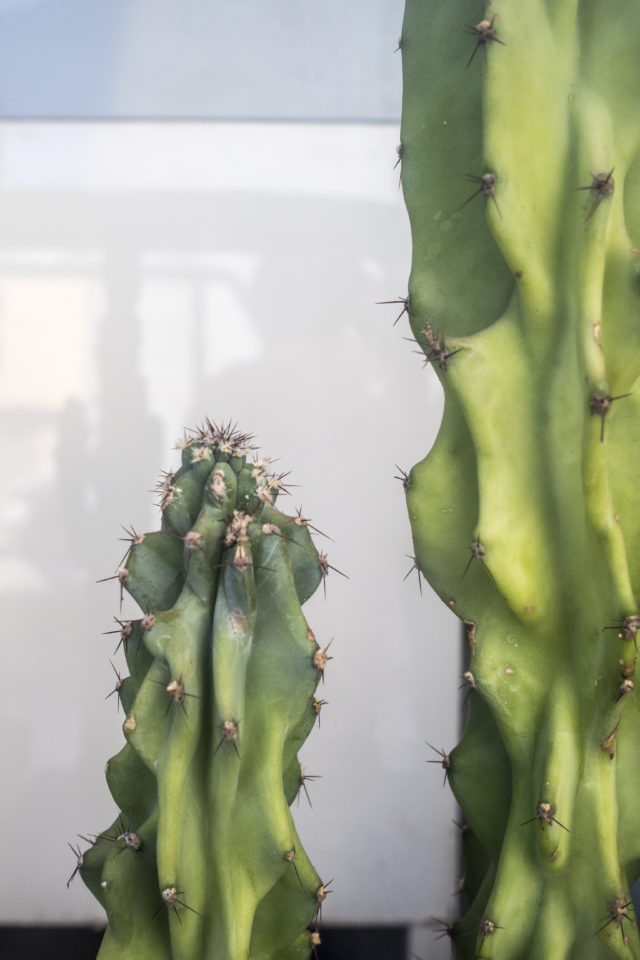The skins we live in


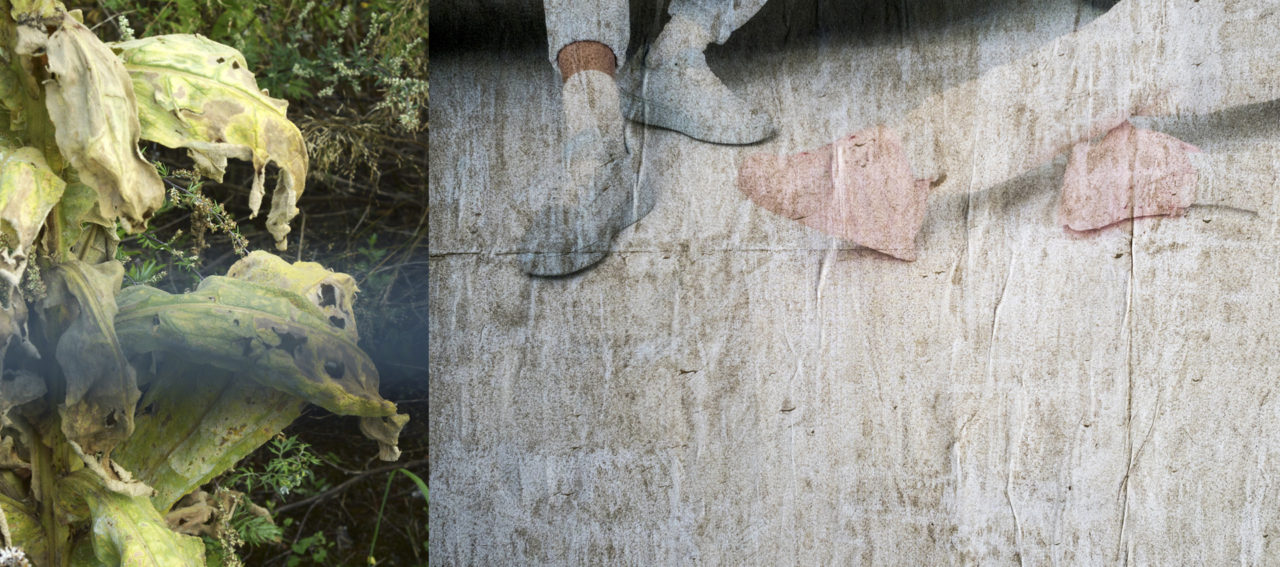
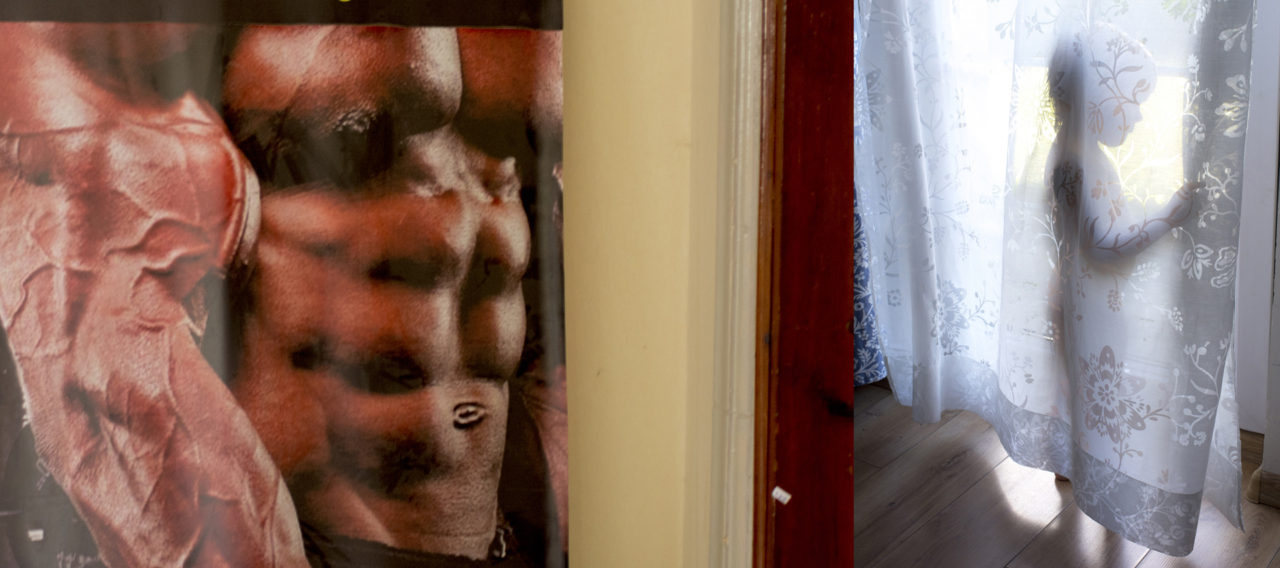
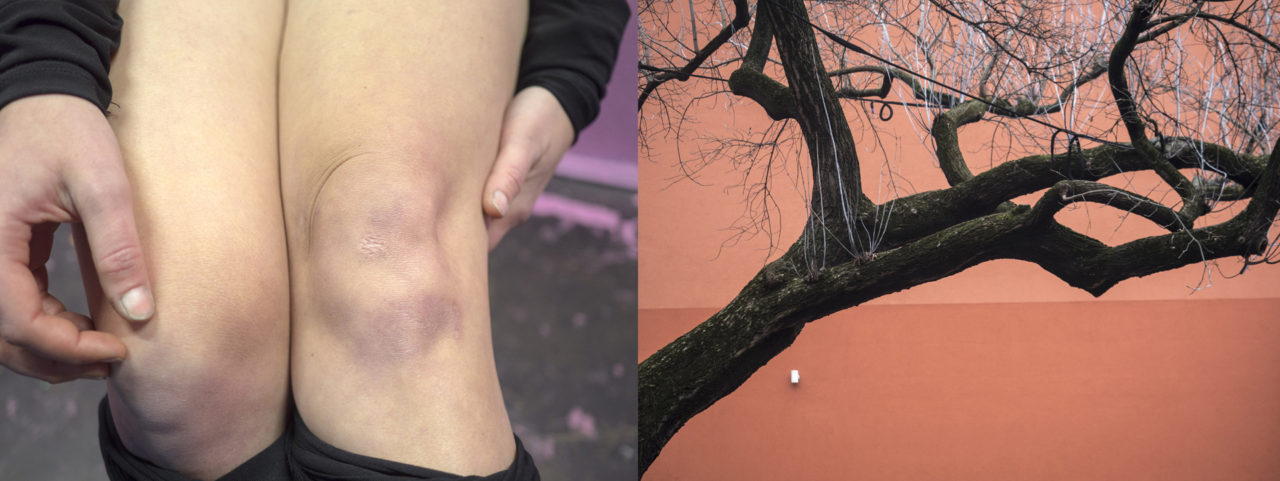
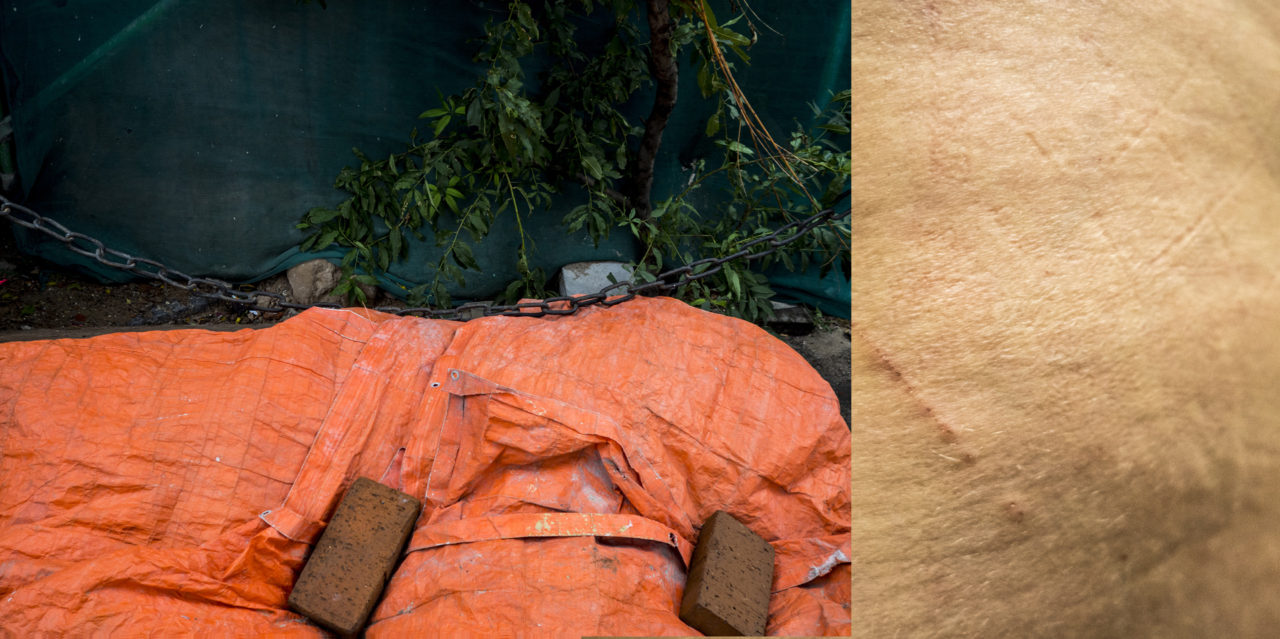
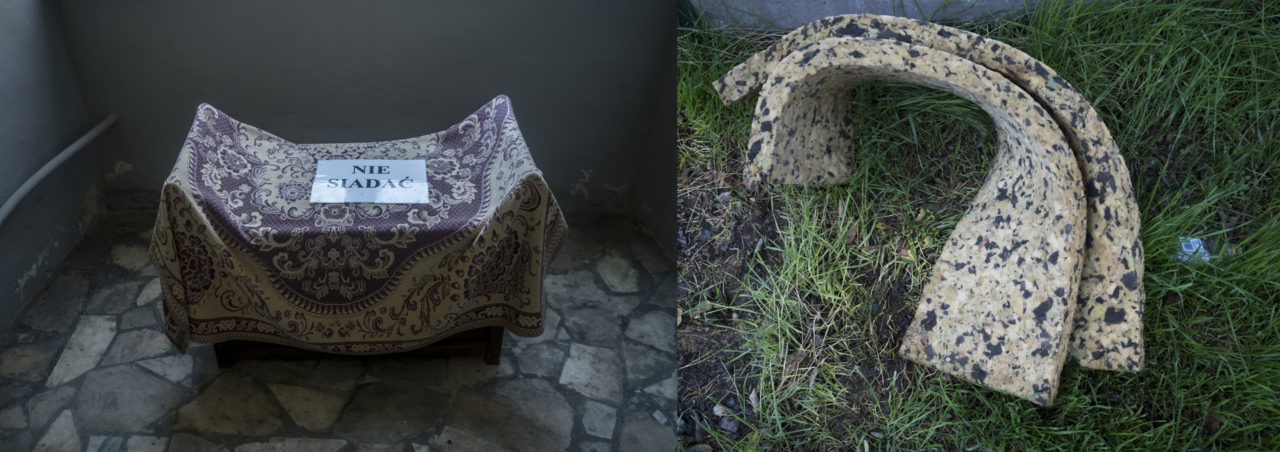
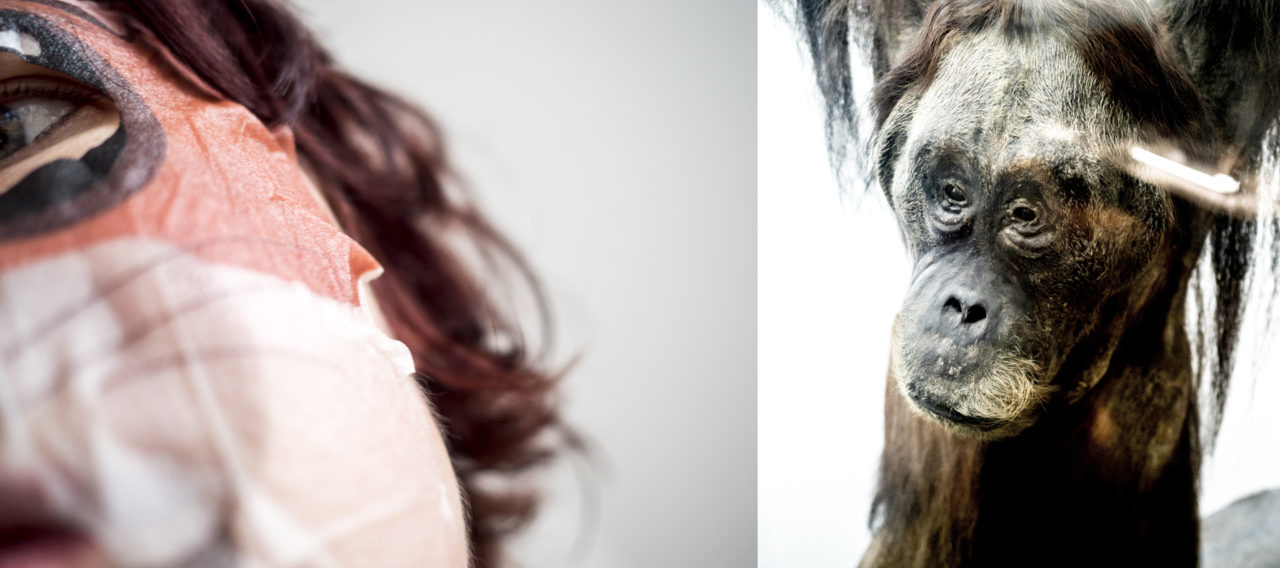
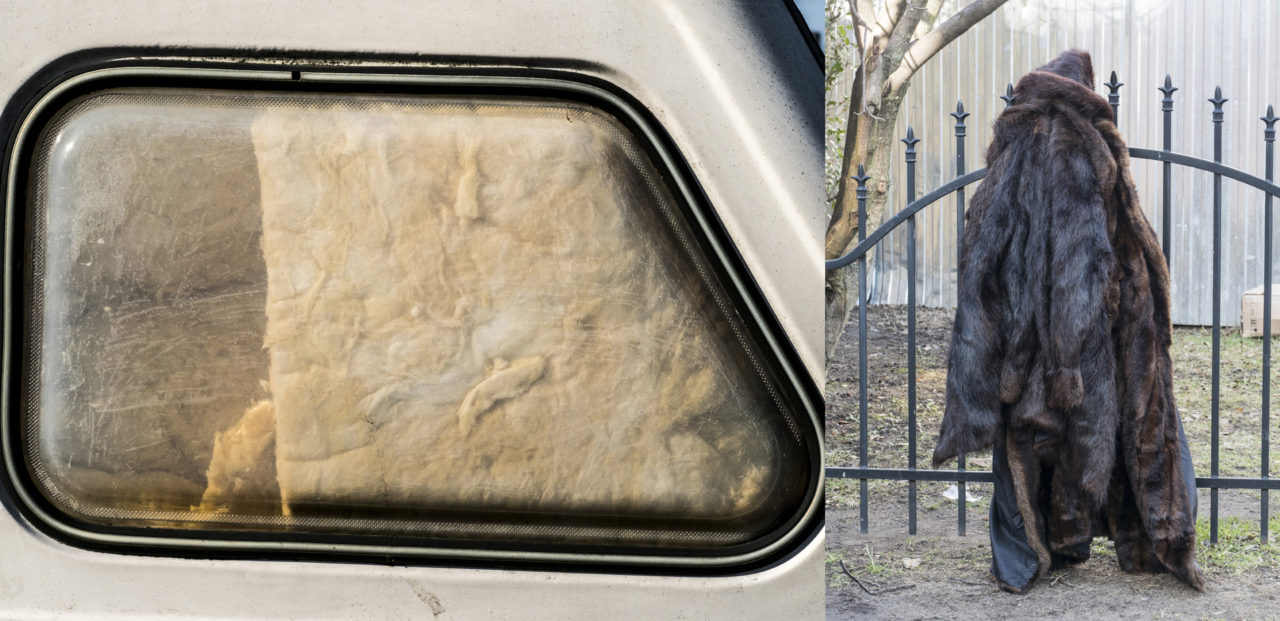
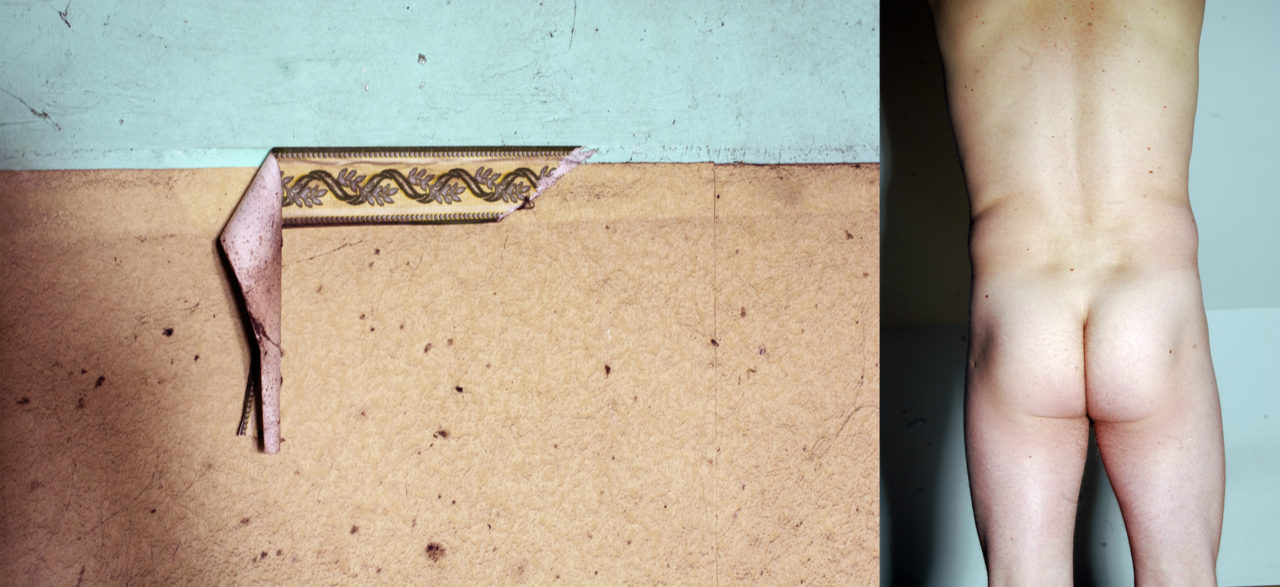
This project stems from an arising sadness and a feeling of betrayal. Covers, curtains, skins, veils – everything seems to conceal repressed emotions. The skin is political and intimate at the same time, marks the border between the inner and the outer world, but it also falsifies. Schopenhauer insisted on the necessity of ripping off the veil of Maya, the veil of deception. It impacted me, and became the starting point of the project. But after peeling off the skin, the next layer shines through. Further, in the research for the project I encountered the theory of Semiotic Skin, which captivates similar notions from different angle: “(…) in addition, the biological skin is central for human lives and the Semiotic Skin is conceptualized as a socio-somatic-semiotic, layered and dynamic membrane that operates as a semi-permeable, communicative boundary”* I followed both approaches in this project, focusing on non-authenticity but also on protection, falsification and the border.
The skins of mounted animals, bed sheets from unoccupied beds, facial masks, images of the skin of my nearest and dearest, with their self-inflicted wounds, scars and birth marks, wall papers from palaces which will never be revitalized because they are German, a word still understood as a synonym of “enemy” in the country I come from, flags and curtains of propaganda. Everything seems to coexist. And beneath there is nothing else but a wounded animal.
*Theory of Semiotic Skin: Making sense of the flux on the border”. Nedergaard, J. I. Culture and Psychology, 2016


